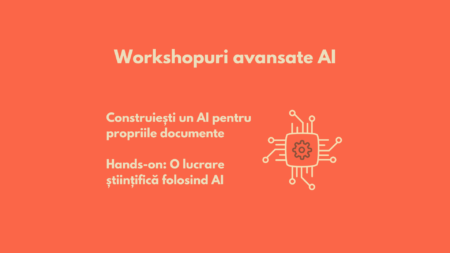"The most urgent and direct message is to scientists themselves: learn to communicate with the public, be willing to do so, and consider it your duty to do so." (The Royal Society, in Public Understanding of Science, 1985)
The famous report of the British institution is considered the official birth of science communication in Britain and Europe, united under the cause of public understanding of science.
The PUS phenomenon was therefore the reaction of the scientific community to a decrease in public support for certain lines of research. For 15 years, government funding for science had completely stagnated, and researchers had failed to convince the government that this meant Britain was producing less science - with less benefit to society - than it should.
In the United States, the roots of this movement can be traced back even earlier, to outreach efforts made around post-Sputnik research programs, whose purpose was both to attract students to scientific careers and to win public support for the costs and risk-taking of the so-called Cold War of science. Basically, from this point of view, the post-World War II period was an extremely beneficial one for the scientific community. Science enjoyed wide exposure in the press, public opinion was extremely supportive of science. After the austerity imposed by the war years, science promised a better future through scientific progress, and the implementation of nuclear and space technologies, visible in the 1950s, demonstrates the fulfilment of this promise. It was a golden age for science, both because the fruits of research in physics and astronomy bore fruit almost instantly and because of unconditional political and financial support.
By the end of the 1960s, this honey decade of science was over. The respect that the press had unreservedly shown to science had declined with the rise of independent, critical journalism and unconventional attitudes. Let's not forget that the late 1960s were, culturally speaking, the time of the hippie movement and the famous Woodstock phenomenon. The optimism of the press was replaced by scepticism among journalists about the potential of science to contribute to economic growth, as well as raising questions about the relationship between science and the military.
The 1970s marked a retreat of science - actually scientists - from the public arena. Research institutions stopped cooperating with journalists in the communication of scientific information. By the 1980s, the scientific community was already aware of the negative impact of this communicational isolation.
This crisis, on both sides of the Atlantic, has led the scientific community to believe that society needs to understand science and that all will be well once citizens have a greater degree of scientific knowledge. In other words, the underlying assumption was that society's ignorance of science was driven by a public ignorance, which in turn was encouraged by media indifference to scientific topics. Thus, if media attention increased, the public would learn more about science, which would create a climate of goodwill towards research and its benefits.
Five types of arguments can be distinguished in favour of the need for a plan for public understanding of science:
- The economic argument seems to be the most convincing, its aim being to create a scientifically educated public
- The utilitarian argument is closely linked to it: the public should be scientifically aware because of its benefits to society. Often, science in everyday life is invisible and taken for granted (without gratitude) by consumers.
- The democratic argument is based on the idea that the general public is often in a position to make decisions about new technologies with long-lasting effects on their welfare - for example, the cap and trade system. Because financial experts and politicians have limited scientific knowledge, the responsibility for recognising and debating the scientific aspects of a public debate remains with individuals and decision-makers.
- The cultural argument argues that science, like art, is worth appreciating for its own sake, and not necessarily for the benefits it brings
- The social argument argues that understanding science would be a researcher's duty to the public - this argument will be discussed in more detail later.
Thus, the Royal Society's report also recommended "reviewing the nature and extent of public understanding of science in the UK and how appropriate it is for a democratic society; reviewing the mechanisms for public understanding of science, technology and their role in society; examining the barriers in the communication process and how these can be overcome."
The expression public understanding of science has become a label for a multitude of initiatives to popularise science: books, articles, museums, events. The object of "understanding science" has been explicitly taken up and has become the mission of school programmes, committees, foundations, agencies, scientific associations and institutions in every developed country.
Read more:
Russell, Nicholas, „Communicating Science", Camgbridge University Press, 2010
Burns, T.W. ; O'Connor, D.J. ; Stocklmayer, S.M. , "Science communication: a contemporary definition", Public Understanding of Science, 12, 2003.
Sava, Mircea"Public Understanding of Science: Science PR and Popular Culture", Romanian Journal of Journalism and Communication 6. 1, 2011





